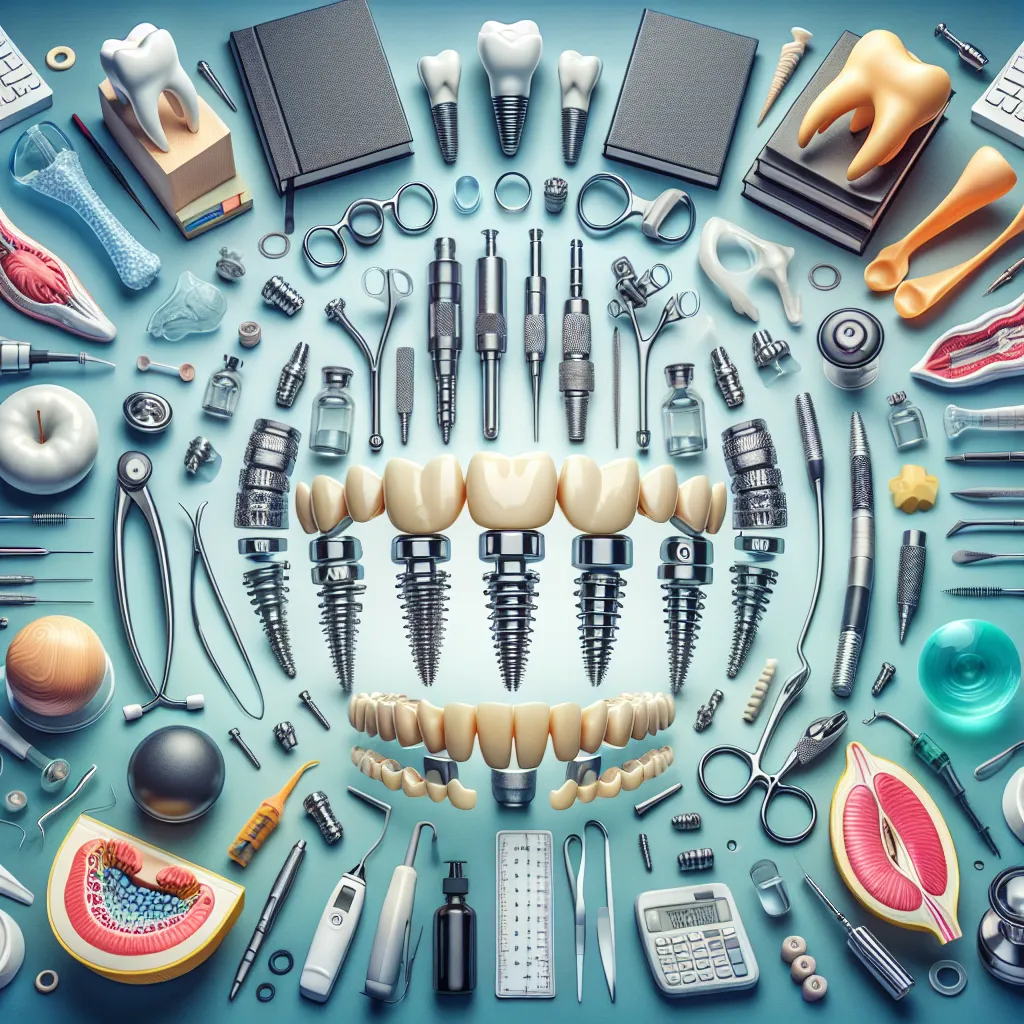– The Impact of Bilingual Education on Medical Professions
Bilingual education plays a crucial role in shaping the future of medical professionals, particularly in the fields of implants, orthodontics, dentistry, gynecology, and medicine. The ability to communicate effectively with patients from diverse linguistic backgrounds can significantly impact the quality of care provided. Research has shown that healthcare providers who are proficient in multiple languages are better equipped to establish rapport, convey complex medical information, and ultimately improve patient outcomes.
Moreover, bilingual education fosters cultural competence, which is essential in addressing the unique needs and beliefs of diverse patient populations. By understanding cultural nuances and being able to communicate in a patient’s preferred language, medical professionals can establish trust and mitigate barriers to healthcare access.
In a globalized world, where multiculturalism is increasingly prevalent, the demand for bilingual medical professionals continues to grow. As such, integrating language diversity into medical education is becoming more imperative than ever. Institutions that offer bilingual education programs, like Bilingual education, are playing a key role in nurturing the linguistic and cultural competencies of future healthcare providers. These programs not only facilitate language acquisition but also instill an appreciation for diversity, ultimately equipping students with the necessary skills to excel in a multicultural healthcare environment.
– Unleashing Potential: Multilingualism in Healthcare
Unlocking the potential of bilingual education in the fields of implants, orthodontics, dentistry, gynecology, and medicine has become increasingly important in today’s multicultural society. In the realm of healthcare, the ability to communicate effectively with patients from diverse linguistic backgrounds is crucial for providing high-quality care. Embracing multilingualism in healthcare not only serves to bridge language barriers but also unlocks the potential for improved patient outcomes and experiences.
By incorporating bilingual education and language support into healthcare settings, practitioners can unleash the potential of multilingualism to enhance patient understanding, compliance, and overall satisfaction. The ability to communicate in a patient’s native language fosters trust, empathy, and ensures accurate transmission of medical information, leading to better treatment adherence and health management. Moreover, multilingualism in healthcare facilitates the tailoring of care to the specific cultural and linguistic needs of individual patients, ultimately contributing to more personalized and effective healthcare services.
Furthermore, bilingual education equips healthcare professionals with the tools to engage with diverse communities, offering culturally sensitive care and promoting inclusivity within medical settings. This not only enhances patient-provider relationships but also contributes to the overall improvement of public health by addressing disparities in access to care and health outcomes among different linguistic groups.
In conclusion, embracing multilingualism through bilingual education in healthcare has the potential to unlock significant benefits for both patients and practitioners. By recognizing and leveraging the power of language diversity, healthcare systems can strive towards more equitable, patient-centered, and effective care, ultimately unlocking the full potential of multilingualism in the world of healthcare.
– Advantages of Bilingualism in Dentistry and Medicine
The advantages of bilingualism in dentistry and medicine are numerous and significant. Being fluent in more than one language can greatly benefit healthcare professionals, especially in multicultural and multilingual societies. In the context of dentistry, bilingual dentists can effectively communicate with a diverse range of patients, ensuring that crucial information about oral health and treatment options is clearly understood.
Moreover, bilingual dentists are better equipped to educate patients about proper oral hygiene practices and potential treatment outcomes, leading to improved patient compliance and overall better oral health. In emergency situations, bilingualism allows dentists to quickly and accurately assess a patient’s condition, gather pertinent medical history, and provide timely care, without the need for an interpreter.
In the field of medicine, bilingual healthcare professionals can establish rapport and trust with non-native speaking patients, leading to improved patient satisfaction and treatment outcomes. As medicine becomes increasingly globalized, bilingualism is a valuable asset for healthcare providers to collaborate with international colleagues, access research and medical literature in multiple languages, and participate in medical missions and outreach programs around the world.
Furthermore, bilingual healthcare professionals can contribute to reducing health disparities among linguistic minorities by ensuring equitable access to healthcare information and services. By speaking the language of their patients, dentists and medical professionals can break down language barriers and provide culturally competent care, ultimately contributing to a more inclusive and effective healthcare system.
In conclusion, the advantages of bilingualism in dentistry and medicine are evident in improved patient communication, better patient outcomes, and increased access to healthcare for diverse populations. Embracing and promoting bilingual education in these fields can lead to a more inclusive and effective healthcare system, ultimately unlocking the potential for better patient care and professional collaboration.
– Harnessing Potential: Bilingual Education in Healthcare Fields
Harnessing Potential: Bilingual Education in Healthcare Fields
Bilingual education plays a crucial role in the world of healthcare, especially in fields such as implants, orthodontics, dentistry, gynecology, and medicine. Healthcare professionals who are proficient in more than one language have a unique advantage in providing care to diverse patient populations. This capability opens the doors to effective communication, empathy, and understanding, which are essential components of quality healthcare delivery.
In the context of implants and orthodontics, bilingual education allows practitioners to connect with patients from different cultural and linguistic backgrounds. Understanding a patient’s concerns and explaining complex procedures in their native language fosters trust and compliance, leading to improved treatment outcomes. Similarly, in dentistry and gynecology, bilingual healthcare professionals can address sensitive issues with greater sensitivity, ensuring that patients feel heard and understood.
Moreover, in the broader field of medicine, bilingual education equips healthcare professionals with the skills to navigate multicultural healthcare settings. They can effectively communicate with patients, their families, and other medical staff, leading to better coordination of care and patient satisfaction. Furthermore, bilingual healthcare professionals can serve as cultural mediators, promoting inclusivity and breaking down language barriers that may hinder access to essential healthcare services.
Embracing bilingual education in healthcare also contributes to a more comprehensive and patient-centered approach. It demonstrates a commitment to providing equitable care to all individuals, irrespective of their language or cultural background. By harnessing the potential of bilingual education, healthcare fields can truly unlock opportunities for improved patient experiences, enhanced outcomes, and a more inclusive healthcare environment.

